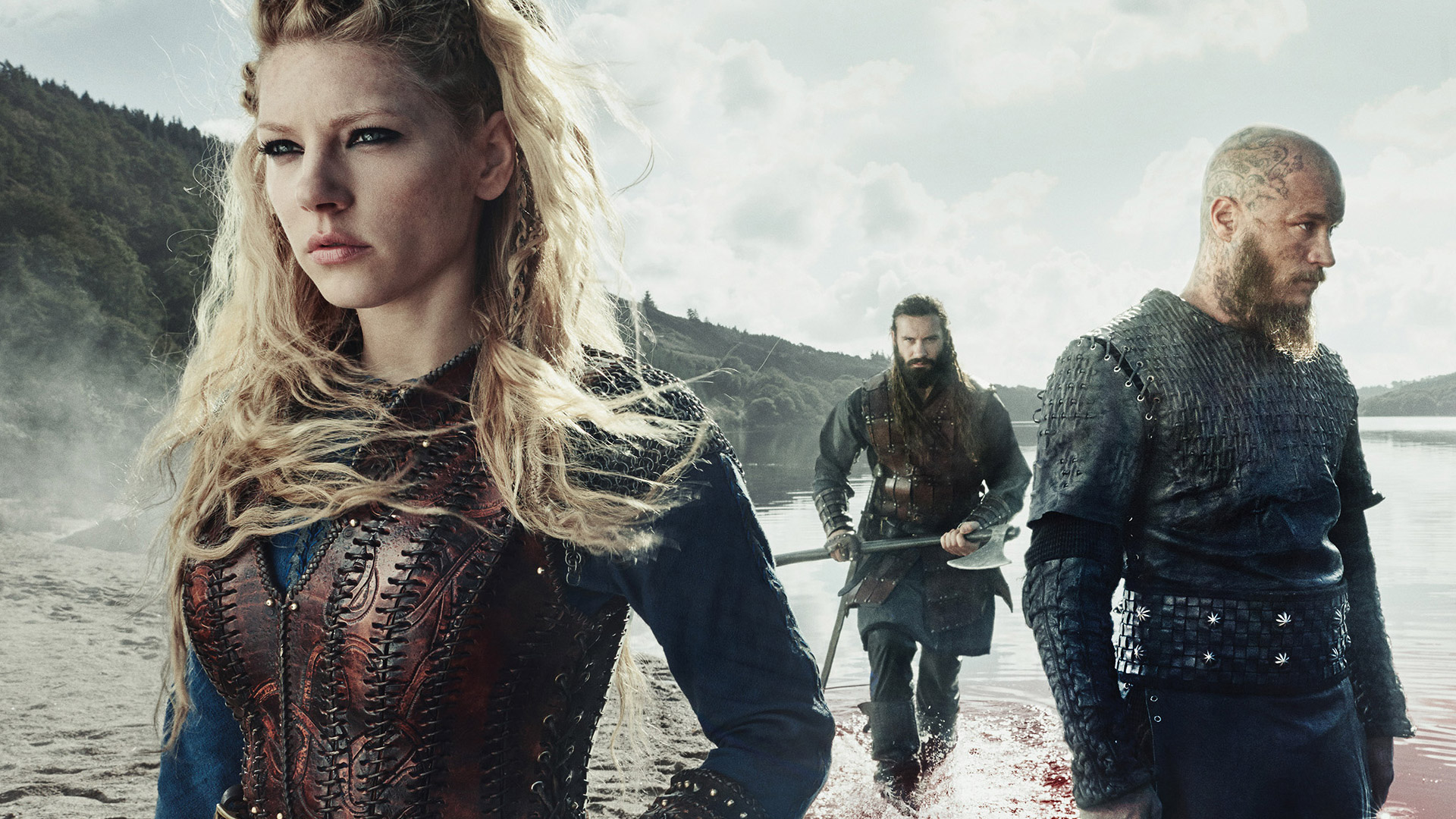More obvious exterior layers of armour and detailing were added to the suit, but it exhibits a much sleeker appearance then the “Mech Batsuit” seen in Batman v Superman: Dawn of Justice. There is also the addition of a newly designed cowl and goggles being worn, which kind of resembled the lenses seen as part of the Sonar Suit from Batman Forever.
Like many of the previous films mentioned, Batman debuted a new suit known as the “Tactical Suit” in the final battle of the film against the team’s main villain, Steppenwolf
Todd Phillips‘ 2019 psychological thriller Joker saw a revamped version of the villain, and interestingly ventured away from the purple and green colour scheme. The story is based in New York in the 1980’s and focuses on failed clown and stand-up comedian Arthur Fleck’s ous Joker. Joaquin Phoenix’s brilliant performance won him the Academy Award® for Best Actor. Phoenix and Heath Ledger are the only two actors to win the Oscar for  the role of the Joker.
the role of the Joker.
Costume designer Mark Waters incorporated pieces of clothing that had been worn in scenes throughout the film for the Joker’s vibrant final outfit. This choice emphasised the fact Arthur lived in poor conditions and would therefore not have a large selection of clothes. His final ensemble consisted of a maroon coloured 1970’s style two-piece suit, a gold mustard waistcoat and a patterned bottle-green shirt. While the costume may appear as a vast contrast to previous interpretations, it still encompasses some elements. The maroon colour resembles the pink of the suit worn by Romero in the 1960’s series and the patterned green toned shirt could be considered as a small nod to Ledger’s attire from the Dark Knight. A new version of the makeup was created, one that captured the fact that this version of the Joker is living in the real world and that he would have applied it himself.
The choice of casting suave actor Cesar Romero to play the Joker seemed an unusual choice, but his eccentric adaptation made a real impact throughout all three series. Kemp wanted to still keep some of Romero’s charming image and decided on tailcoat, waistcoat, and striped trousers. But to give if that flair of the Joker, the suit was created in a bright magenta, the ideal contrast to Batman’s ensemble. Romero famously refused to shave off his trademark moustache, so the classic white face makeup was applied over the top.
In order to make the movies more family friendly, Warner Bros. decided the movie franchise needed some major changes, including dropping Burton. So, in early 1994 director Joel Schumacher was bought on board to produce a more light-hearted approach to Gotham’s caped crusader. The gloomy, sinister settings that epitomised the look of Burton’s 1989 and 1992 versions were replaced with elements of neon, producing a drastic contrast in look and feel.
Another aspect of the costume that needed updating was the cowl
One of the most memorable and talked about modern interpretations of the Joker was performed by Heath Ledger in Nolan’s 2008 film, The Dark Knight. This was Ledger’s penultimate role as he sadly died months before the film’s release. The standout role gave him worldwide recognition, including winning the post-humous Academy Award® for Best Supporting Actor in 2009.
Like many of the previous films mentioned, Batman debuted a new suit known as the “Tactical Suit” in the final battle of the film against the team’s main villain, Steppenwolf
Todd Phillips‘ 2019 psychological thriller Joker saw a revamped version of the villain, and interestingly ventured away from the purple and green colour scheme. The story is based in New York in the 1980’s and focuses on failed clown and stand-up comedian Arthur Fleck’s ous Joker. Joaquin Phoenix’s brilliant performance won him the Academy Award® for Best Actor. Phoenix and Heath Ledger are the only two actors to win the Oscar for the role of the Joker.
In the mid 1960’s tv network giant ABC had secured the rights to create a “fun and hip” television series based on the comic book hero. The project was handed over to producer William Dozier, who decided that the show needed to visually exude a pop-art kitsch theme and heavily focus on comedy. Debuting on January 12th, 1966, the show was a hit and the fun aesthetic regained interest in the character.
When first seen on screen in Burton’s 1989 Batman, Jack Nicholson played mob enforcer Jack Napier. However, an encounter with Gotham’s caped vigilante hero ended up with Napier falling into a vat of acid at Axis Chemicals (one of the well-known origin stories created for the Joker’s character). This resulted in his skin turning an eery bleached white, his green and questionable plastic surgery after the accident left him with a permanent macabre smile. Ringwood wanted the production as a whole to feel like it was stuck in the 1940’s, with that period gangster style becoming a major influence on multiple costumes within the film.
In Burton and Schumacher’s previous films, the design of the cowl created restrictions in movement. This problem was reduced somewhat with the more flexible cowl seen in Batman Begins, and the mask section was purposefully made to be form fitting so Bale’s expressions could still be clearly identified on screen.
Very small changes were made to the standard Batsuit in Zack Snyder’s Justice League, including a slightly different print to the fabric and some additional armour being added. Aspects of the cowl were also slightly modified, although it was hard to tell these differences on screen.